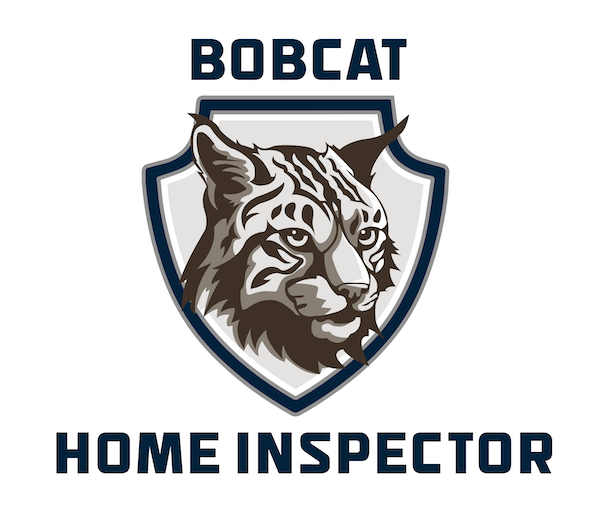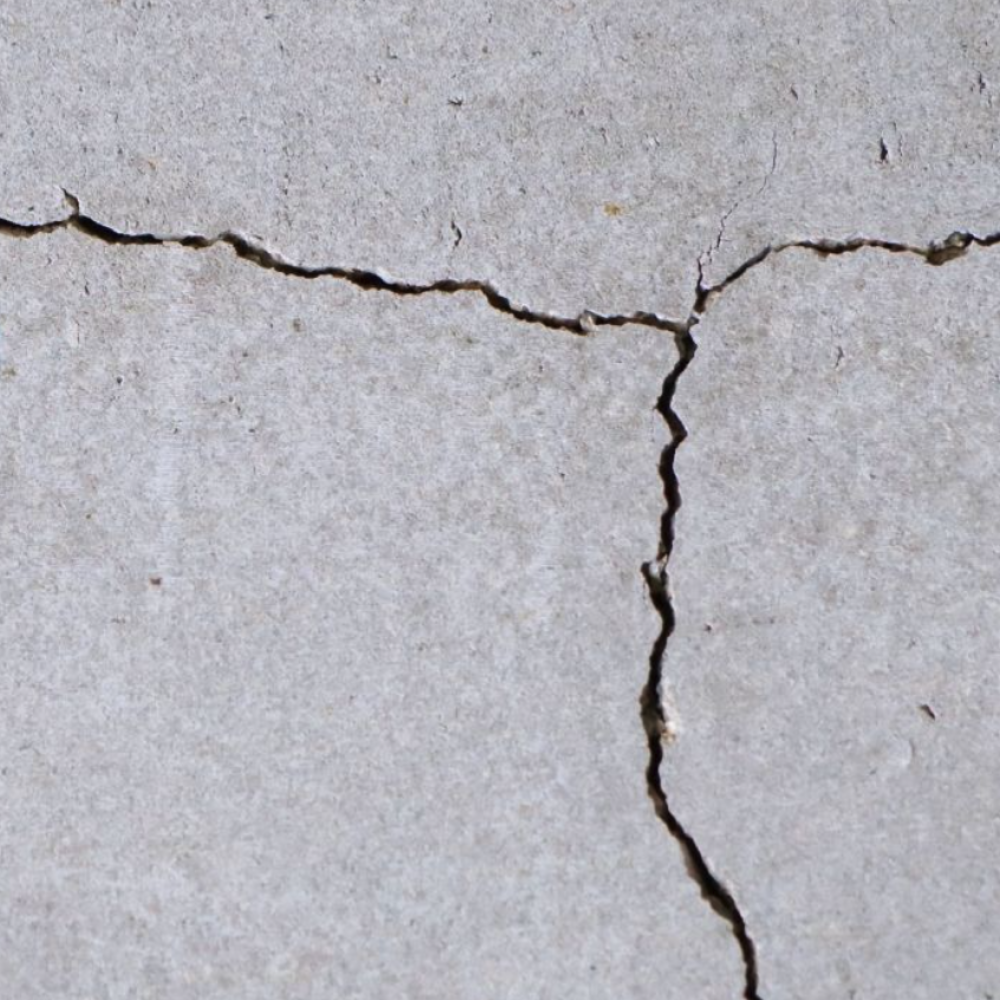Your home’s foundation does the heavy lifting—literally. It supports the entire structure and keeps everything level and safe for your family. That’s why keeping it in good shape is so important.
Over time, a foundation can develop issues due to natural wear, soil movement, or moisture. Spotting these warning signs early can save you a lot of stress (and money).
Here’s What to Watch For:
- Cracks: Let’s start with the obvious: cracks. If you see them in your foundation, walls, or floors, don’t brush them off—even small ones. Cracks often mean the foundation has shifted, usually because of soil movement. The sooner you address them, the better.
- Settling or Heaving: Ever feel like your house is tilting or sinking on one side? That’s settling, and it’s a big red flag for foundation trouble. On the flip side, if things are pushing upward—like uneven floors or doors that suddenly won’t shut right—you could be dealing with heaving. This happens when the soil under your home expands or contracts, often due to moisture changes.
- Moisture in the Crawl Space: Notice a musty smell in your home or mold and moisture in the crawl space? It’s likely a drainage problem, which can lead to foundation issues if not addressed.
Issues Inside Your Home:
Foundation problems don’t just stay under the house—they show up inside too. Look out for:
- Sagging or uneven floors: Not only annoying but also a tripping hazard.
- Doors and windows that stick: If it’s not rainy or humid and this is still happening, it could be the foundation.
- Gaps around doors and windows: These can let in drafts and pests, making it even worse.
- Cabinets or counters pulling away from walls: Even slight movement here can signal something serious below.
What to Do Next:
If any of these signs sound familiar, don’t wait to take action. Even minor changes can point to major foundation issues. Call in a professional for an inspection to get to the root of the problem and stop it from getting worse. Your home is one of your biggest investments—protecting its foundation is essential to its long-term safety and value.


